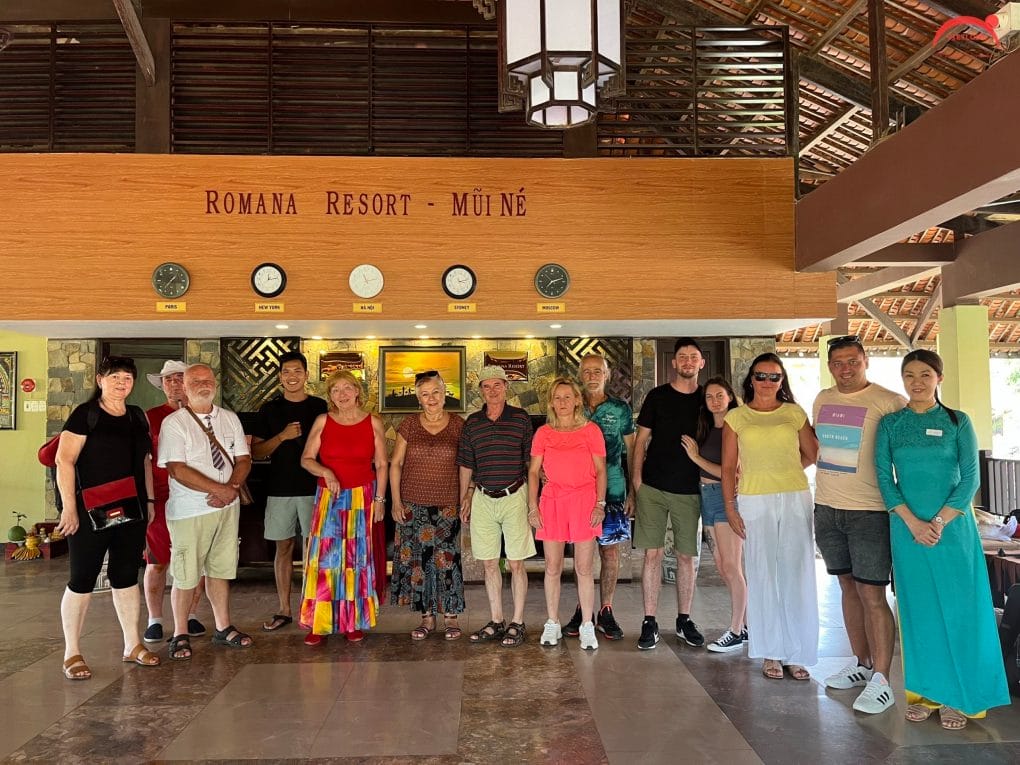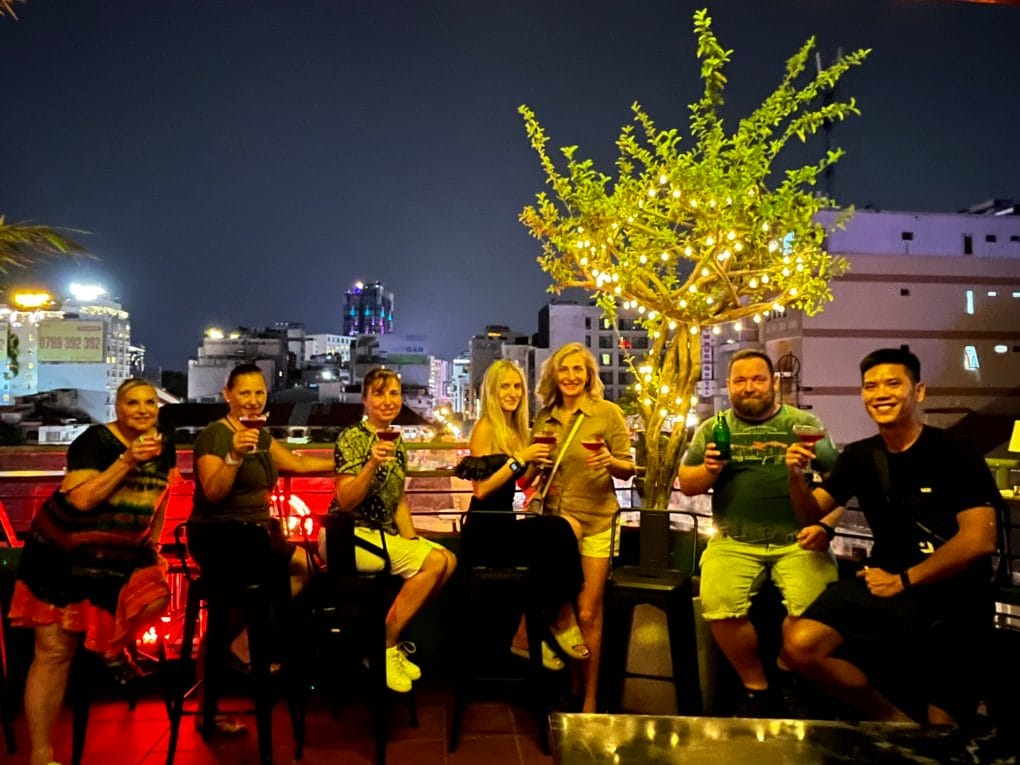The NNT NBCA represents Lao PDR’s largest (3,710 km2) and most diverse natural forest area. Three of the last five large mammals to be discovered or re-discovered world-wide occur in the NNT Conservation Area. The most distinct of these remarkable discoveries is the Saola Pseudoryx nghetinhensis. Other newly discovered species, a small dark muntjac and Giant Muntjac Megamuntiacus vuquangensis also have restricted world ranges centred on NNT Conservation Area. The Indochinese Warty Pig Sus bucculentus was recently rediscovered in the area after being considered extinct. Field surveys indicate that mammal communities within the protected area are exceptionally diverse. At least nine species of primate occur, including four threatened taxa to which the NNT NBCA represents a global stronghold.
Along one stretch of abandoned logging road above the village of Ban Navang in the NBCA, 16 species of carnivore have been recorded , and further species have been found elsewhere in NNT. This is the highest diversity of mammalian predators reported at a single site in Lao PDR-Cambodia-Vietnam. Included amongst these are many rare Fishing Cat Prionailurus viverrinus, Golden Cat Catopuma temmincki, Marbled Cat Pardofelis marmorata, Clouded Leopard Pardofelis nebulosa and Tiger Panthera tigris, several of which have not been recently observed by biologists elsewhere in Lao PDR.
The Nakai Plateau holds significant populations of many mammals including an estimated100-150 Asian Elephants Elephas maximus. Few Elephants are found elsewhere in the NNT NBCA and, moreover, few viable populations of elephants currently exist elsewhere in Lao PDR.
In total, recent surveys have found approximately 430 bird species in the NNT Conservation Area . This is the highest diversity of any site yet surveyed in Lao PDR, and amongst the highest recorded in protected areas across Southeast Asia . In terms of key species of conservation concern, 56 have been found in the NBCA and 43 in the Northern Extension. If it is accepted that birds provide an appropriate basis for evaluating the importance of an area to wildlife conservation (due to ease of specific identification, availability of detailed distributional data and globally standardized categories of threat), these totals establish the NNT Conservation Area as the most important site yet surveyed in the Lao PDR-Cambodia-Vietnam region.
The Nakai Plateau supports many threatened birds. Some species may be extirpated from the protected area by inundation of the plateau, while many others occur either in the remainder of the NBCA or in the Northern Extension. The forests of the Northern Extension contain one of the largest populations ever recorded of Crested Argus Rheinwardia ocellata and should be viewed as integral to the area as a whole.
Surveys in the Nam Theun and Xe Bangfai basins indicate diverse fish communities comprising many species with restricted ranges and high conservation importance. It contained a higher proportion of endemic species. However, as these levels of endemicity may be a function of uneven survey coverage, further work is being undertaken in adjacent watersheds to clarify the distribution of local fish species. The fish fauna of upland river systems in the watershed has not been studied and is likely to add significantly to the overall diversity and conservation value of aquatic resources in the NNT Conservation Area.
The NNT Conservation Area has a very diverse range of the principal habitats of the Sai Phou Louang Range. The undisturbed evergreen mixed and Fagaceous forest tracts harbor important animal and plant species. Whereas the flora awaits exploration to provide the level of detail available for mammals and avifauna, it is already known that it has a diversity of rare Gymnosperm genera, especially Fokienia and Keteleeria. There are undoubtedly many new species yet to be discovered. The pine habitat is not botanically rich, yet is of great conservation significance. It includes one of the few old growth Pinus merkusii habitats left in Southeast Asia , and is important for wildlife.
The large size of the NNT NBCA and its proposed extensions forms the core of a connected series of important conservation areas in both Lao PDR and Vietnam which together represent the most important protected area in the Lao PDR-Cambodia-Vietnam region. These reasons alone provide the NNT Conservation Area with outstanding conservation value and form the basis for recommendations that the Government of Lao PDR seek World Heritage Status for the area and formally link it with other conservation areas in Lao PDR and Vietnam .
Water Value
As the drainage of the NBCA is generally SW into the Nam Theun, the NBCA forms almost the entirety of the Nam Theun watershed. This is a critical tributary of the Nam Kading, itself a major tributary of the Mekong . The Nam Theun already has one hydropower project (Theun-Hinboun) selling electricity to Thailand and another major hydropower project (Nam Theun 2) is planned for the Nakai Plateau.
Cultural Values
The NNT NBCA also represents significant cultural diversity, including several vulnerable indigenous ethnic groups. The area has a long history of human habitation by a variety of ethnic groups. These communities can be grouped according to ethnolinguistic classes which, although not equivalent, represent useful anthropological categories for planning and management. The term Vietic refers to people speaking languages belonging to the Vietic branch of Mon-Khmer. To date, 17 such languages have been identified in the NNT Conservation Area. Brou is a single language belonging to the Western Katuic branch of Mon-Khmer. Tai/Sek is the term used for all groups that speak languages belonging to the Tai-Kadai ethnolinguistic family. At least 10 are represented in the NNT Conservation Area.
Among the indigenous Vietic groups, considerable cultural differentiation has emerged. Their modes of production and space usage vary from foraging in small nomadic groups to a combination of swidden agriculture and sedentary irrigated rice cultivation. From the perspective of risk and vulnerability of indigenous ethnic groups, it is the upper river system Vietic groups that are most at risk. Among these, the most vulnerable groups are the Atel, the Thémarou, and the Mlengbrou, in the grouping Vietic I and characterized as “small group of foraging nomads” . These people are known to have extensive knowledge of the forest and their culture and lifestyle is intimately based upon nature:
Actually, the term “at risk” in their case is too conservative as their plight would more accurately be designated as “on the verge of extinction.” At the present time, the last remaining members of these groups (16 Atel, 30+ Thémarou, and 9 Mlengbrou), are to be found living in or near villages to which they were assigned following the official government policy of village consolidation in the 1970s.
Recreation and Tourism
Values While the area offers spectacular forests and rivers, difficult access and lack of any accommodation or services limits tourism activities at present. Difficult access requires entry by boat or on foot, and also requires significant amounts of time. The prevalence of international poachers and other untrustworthy elements also forces local authorities to require an armed escort for visitors. The incidence of Malaria is high in the area. However, Route 8A (Lak 20 – Vietnam Border) offers ready access to the everwet forests along the Nam Phao from Ban Nape eastward to the Vietnam border. This area lies within a 3 hour drive of Route 13 in Laos PDR and Route 1 in Vietnam.






